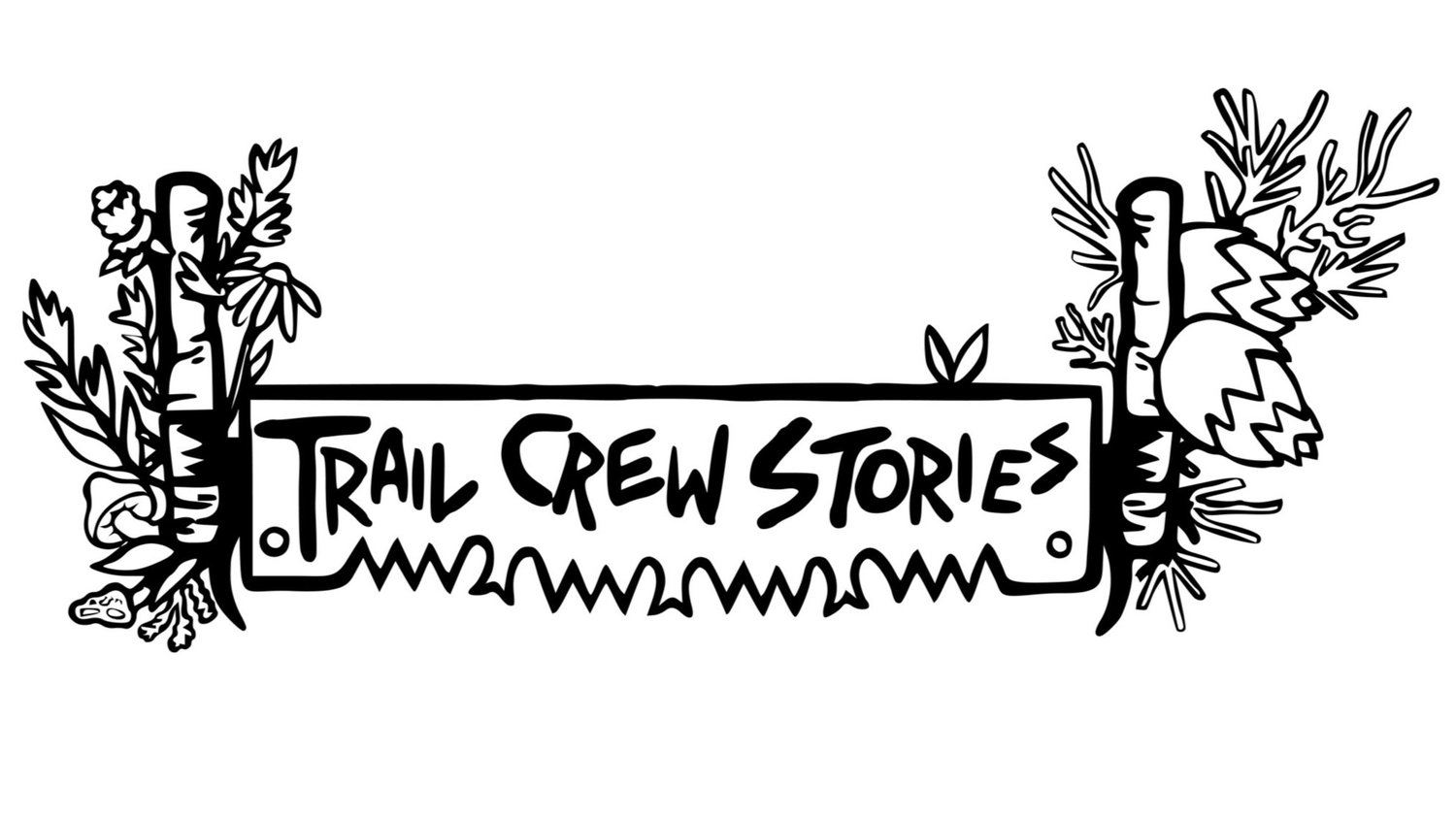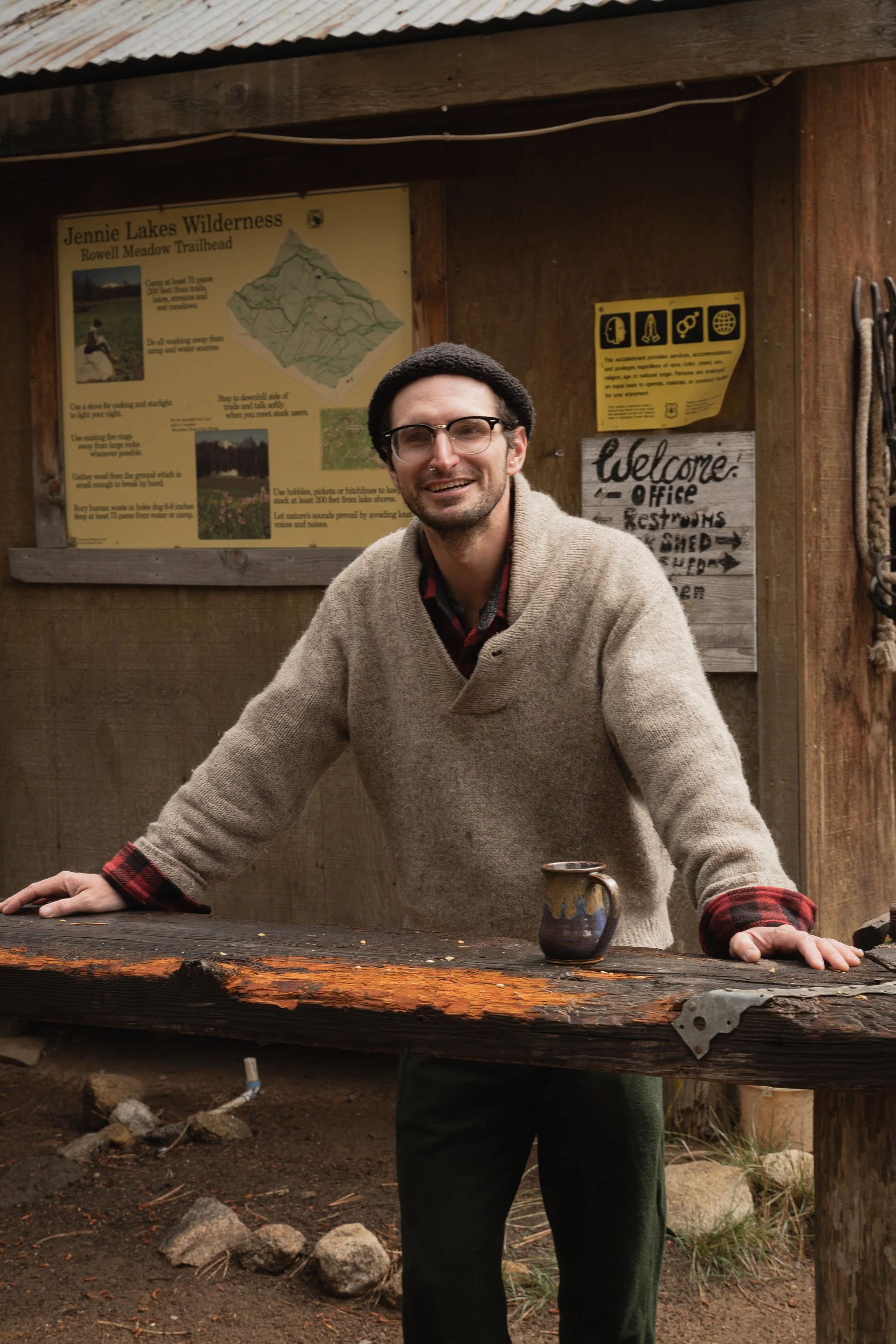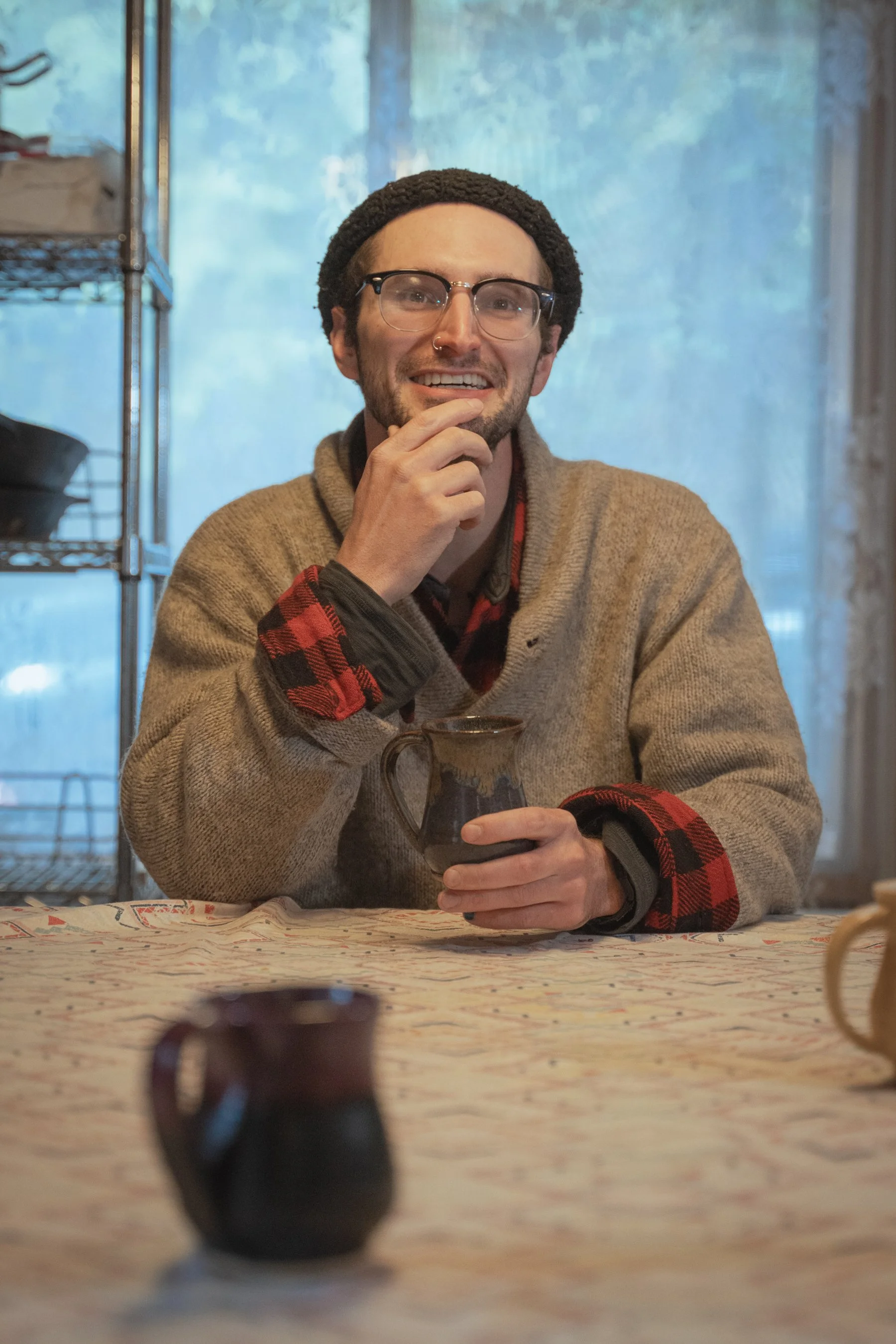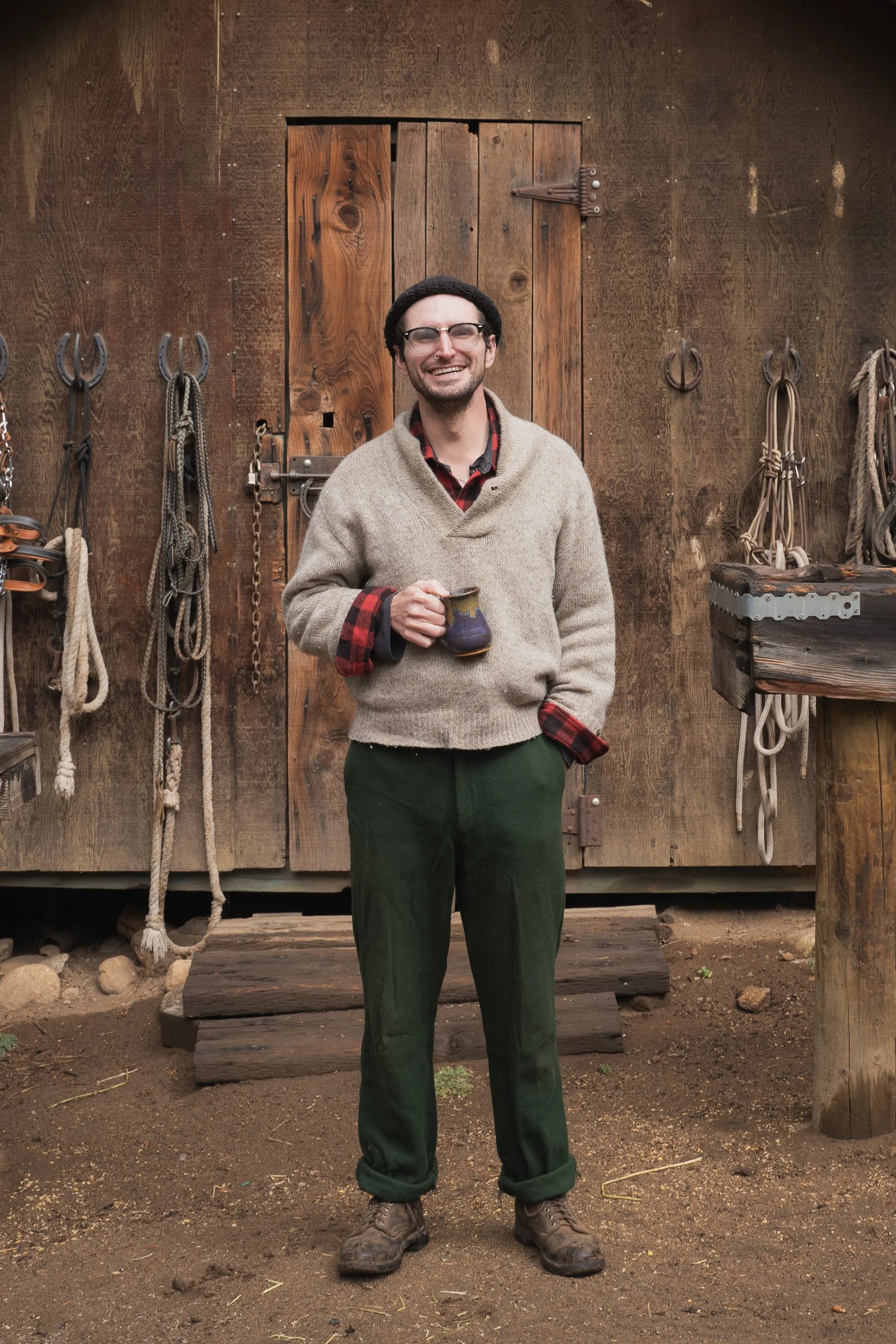Sam Walters is pursuing a “liberal arts education in trails.”
One of the characters I met at the 2023 Trails End– the end-of-season party at Kings Canyon and Sequoia National Parks– was Sam Walters. Sam (they/them) was new to Kings Canyon but had worked previously in Texas, Vermont, and New Hampshire.
Sam’s impeccable outdoor style betrayed their northeastern roots. They were sporting a flannel, wool sweater, wool pants, and holding a mug handmade by trails legend Laurie Aldrich. Sam could have been teleported to a 1930s CCC camp and fit right in.
Our interview was brief, but Sam had some great perspectives on East Coast vs West Coast trailbuilding that I think deserve more real estate than a mere Instagram caption.
Joe Gibson: Having worked in the Northeast, and then coming out here [to Kings Canyon], what are the biggest differences in trail building that you've experienced?
Sam Walters: I think generally the consensus around what is acceptable grade is very interesting. There's a tradition in the Northeast that comes from Yale and Dartmouth, these old time mountain clubs. Students would just go up and try to summit peaks up in the Whites and the Greens, so a lot of the legacy trails from those times basically go straight up. Whoever got to the top of the peak first got their name on a plaque back at the school.
There's not much stock packing going on in the Northeast. It's much more condensed. It’s smaller. Out here in Kings Canyon, things are so much more massive. The time that it takes to traverse from A to B and the presence of stock animals to accommodate that.
Fun in the Northeast means hard. Fun out West means big. The hikes that I've done out here have been really big, but not hard. Carrying a rock bar straight up a mountain in the White Mountains in New Hampshire, that's something else.
You don't get taller than 6,000 feet in the Whites, or thereabouts. But the projects that I've worked on, they're just tough, cause they go up. Here in Kings Canyon, it's a lot different. A 12-mile trail here is a 4 mile trail in the Whites. You'd climb the same amount.
JG: What inspired you to come out to California to check out the Kings Canyon Trail Crew?
SW: I was in Texas for a year, my New York season was six months. I had two seasons in Vermont and New Hampshire, and I'm out in California because I'm interested in trying to achieve this liberal arts education in trails.
Trail culture in the Northeast, in Texas, in California, they all have very similar things. Trails is trails. Putting stuff up, taking stuff down. But the ethos behind it; what tools are preferred, people working in different soil types, different tree species, different rock species, these things change the way people think and behave and I picked up on that very early, and I wanted to take advantage of that.
That's why I've been so willing to travel. And I have my eyes set on moving back to the Northeast at some point to settle down into whatever my trails career looks like there. But not before I've had a well-rounded exposure to the way people do things.
I think it's very interesting to have something that is still so regional and in a way primitive. There's a firstness about manual labor in the woods that keeps trail work so regional.
Working with the very muddy soils in Vermont is going to teach you nothing about working with the very sandy soils in Kings. You'd have to come to Kings to learn how to build here. There is a vernacular. But there's still something interesting about that larger shared language.
If that vernacular has a prototype, you can kind of peek under the hood and try to see where that comes from. I think it's made me a better trail worker. I would like to carry that with me and work with people back where I'm from and share that knowledge. I see no reason why anybody shouldn't do that or wouldn't want to share knowledge from one park, one region, one forest, and bring it to another. It's really fascinating to me that this thing has been evolving for so long.
And it keeps being carried on in a very, very futurized world. We still have this very human thing going on. I think that's one of the reasons why I keep coming back to it. So I came out here and I still want to go back to the Northeast. If for anything so that I can take some of this human activity and share it with my people back home.



